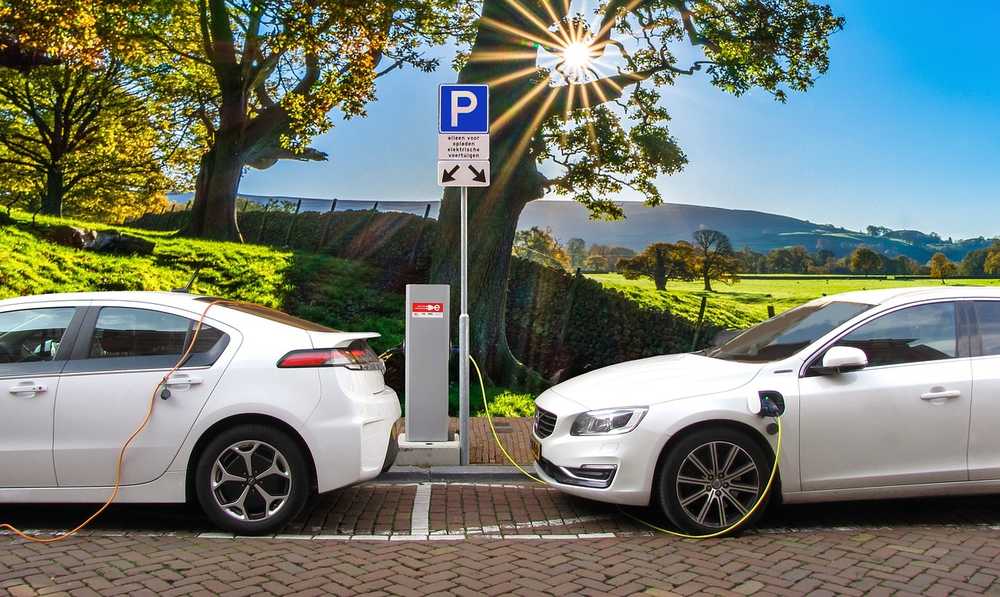Is it possible to travel around Chile in an electric car?
July 25, 2024
Although there are more than 900 charging stations across the country, they are concentrated between Coquimbo and La Araucanía, making journeys to remote areas and those far from highways difficult or longer in duration.
One of the most common questions when someone considers an electric car is whether long trips can be made in it. Traveling north, south, or across Chile. Matías Díaz, director of the Master in Electromobility at Universidad de Santiago (Usach), answers yes. “Today it is possible to travel from north to south with an electric car,” he affirms, but warns that the journey must be planned by calculating “the real range of the vehicle, which is sometimes different from the nominal range (the one stated by the manufacturer), because it depends a lot on the driving style and conditions, use of accessories, road landmarks (such as slopes and traffic jams), and also knowing the distance between charging points and considering charging times,” he details.
According to the Ministry of Energy, there are currently more than 900 charging stations from Arica to Punta Arenas, including the Carretera Austral. Additionally, there is the EcoCarga mobile application, where “you can find the geographical location of all public charging stations available in the country, and the power (in kW), type, and number of connectors,” they say from the ministry. Charging times depend on the power of the chargers and the size and capacity of each vehicle’s battery.
Adventure to the North
Considering this background, we asked Luis Gutiérrez, PhD in Electrical Engineering and professor at the Faculty of Engineering at Universidad Adolfo Ibáñez (UAI), to plan a trip from Santiago to San Pedro de Atacama (1,625 kilometers) in an electric car. Together with student Rafael Celis, they decided to base their calculations on a vehicle with an average range of 460 km.
Using applications accessible to anyone, they established that the trip would include six fast-charging stops (4.5h in total) and one slow-charging stop (9h) in Taltal, between Copiapó and Antofagasta, a 536 km stretch where there is no fast charger. They planned an overnight stop there. “Fast chargers on the route are key, and where the electrical grid is not robust, storage-based options should be explored,” says Gutiérrez.
According to their estimates, the trip would take a total of 31 hours: “18 hours on the road and a fairly long time for recharges,” points out the academic. As a comparative figure, in an internal combustion car, at an average of 100 kilometers per hour with stops for refueling, the journey would take 20 to 22 hours.
Now to the South
We proposed the same exercise to the professor of Electromobility at Usach, Hernán Nilo, but this time the destination was the Marble Cathedrals in the Aysén Region, 2,197 km from Santiago. In an internal combustion vehicle, this is a trip that takes about 32 hours, considering sporadic stops to refuel and eat.
In a car with a range of 550 kilometers, the journey would start in the center of the capital, with the first stop at the Intervial charger in Angostura, a 51 km trip. Using the Electromaps application, Nilo calculated that he would need to stop every 110 to 170 km approximately to keep the car in optimal charging condition, so he would need to recharge in Chimbarongo, Maule, Chillán Viejo, Los Ángeles, Lautaro, Loncoche, Osorno, Puerto Montt, Castro, Puerto Cisnes, and Coyhaique.
“The entire first stage would be a normal car trip. The problem is that approaching the south, from Castro onwards, you need to turn on the heater due to the cold, and that reduces the range to 380 kilometers, a point to consider,” emphasizes the expert.
In an electric vehicle with an average range of 460 km, the trip from Santiago to San Pedro de Atacama would take about 31 hours in total.
From Coyhaique—the last point to recharge—to the Marble Cathedrals with the heater on is 220 kilometers, “which means we would arrive, but we wouldn’t be able to return because there is no recharge,” says Nilo. On this point, the Ministry of Energy comments that in rural areas and transverse valleys of the country, and since the legislation allows anyone to provide the electric vehicle charging service, “we aim for alliances to arise between the energy and tourism sectors to equip hotels, restaurants, and entrepreneurs to provide charging.”
Courtesy of El Mercurio.

